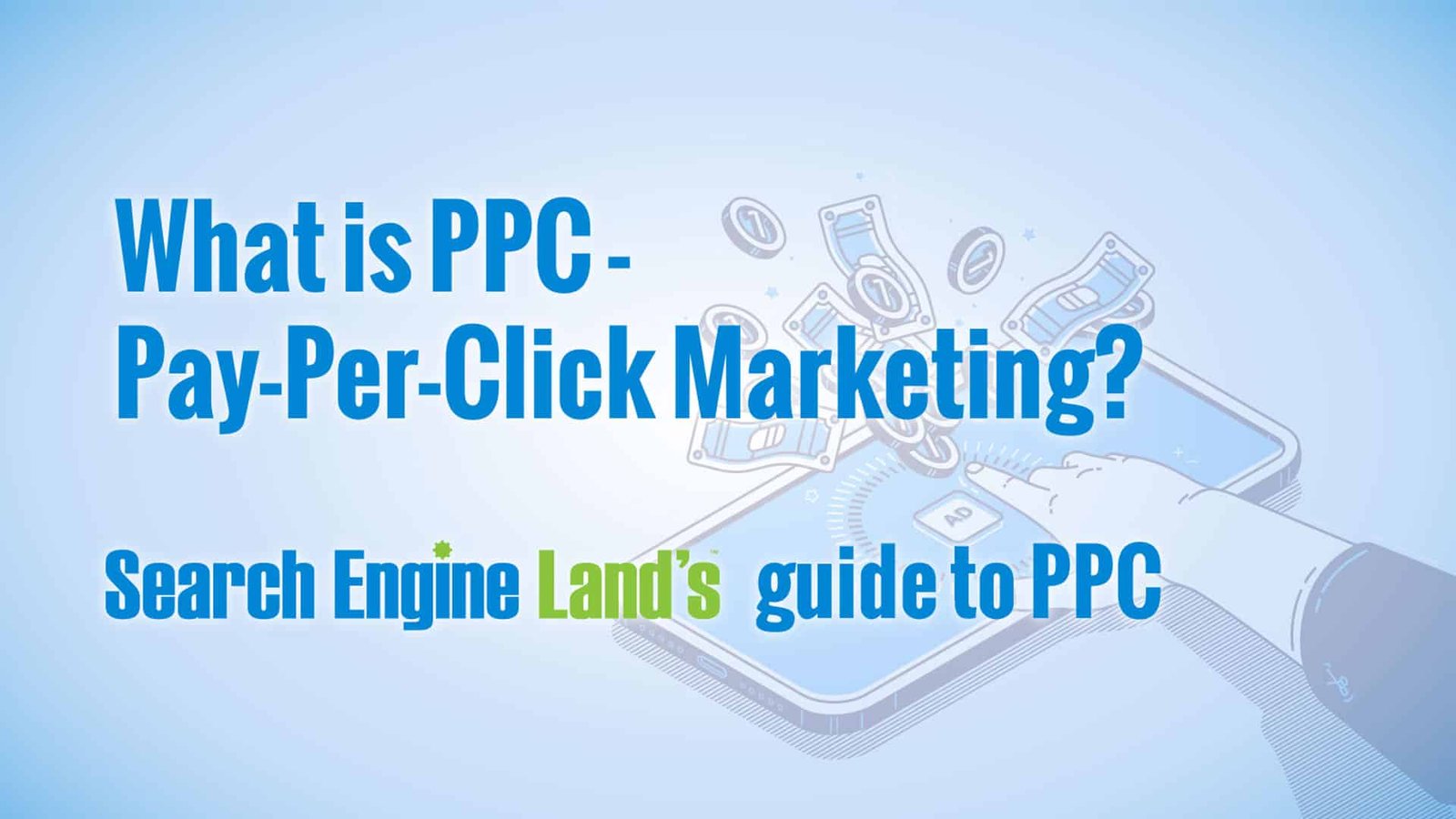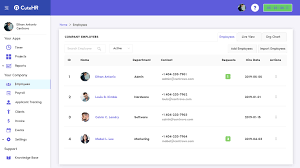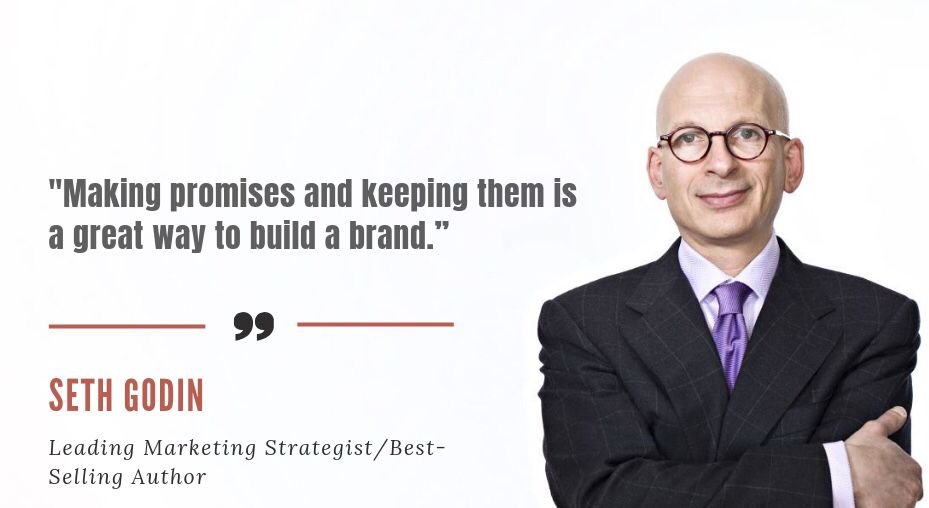What Does PPC Stand for in Marketing? A Complete Beginner’s Guide to Pay-Per-Click Advertising

If you’re diving into the world of digital marketing, one of the most common terms you’ll encounter is PPC. But what does PPC stand for in marketing? PPC stands for Pay-Per-Click, a model of online advertising where advertisers pay a fee each time their ad is clicked. It’s a way of buying visits to your site rather than attempting to “earn” those visits organically.
Understanding what does PPC stand for in marketing is essential for businesses aiming to increase their visibility, drive traffic, and generate sales through online advertising platforms like Google Ads, Bing Ads, and social media channels.
What Does PPC Stand for in Marketing and How It Works
The term Pay-Per-Click is self-explanatory: you pay each time someone clicks on your ad. However, there’s a lot more behind the scenes. To fully understand what does PPC stand for in marketing, you need to know how the bidding system, quality score, and ad rankings work together to determine which ads appear and how much you’ll pay per click.
Advertisers bid on keywords relevant to their products or services. When users search using those keywords, an auction takes place, and the platform chooses the most relevant ads based on the bid and ad quality. So, even if your bid is lower, a high-quality ad can still win top placement.
Why It’s Important to Know What Does PPC Stand for in Marketing
Understanding what does PPC stand for in marketing empowers businesses to:
- Drive targeted traffic
- Increase online visibility quickly
- Monitor performance with measurable results
- Control budgets by setting daily and campaign limits
- Experiment with different messages and strategies
PPC is a cornerstone of modern digital marketing because it delivers fast, data-driven outcomes and scales well with a business’s growth.
Types of PPC Ads You Should Know
When exploring what does PPC stand for in marketing, it’s helpful to understand the different ad formats:
- Search Ads: These are the most common type, appearing on search engines like Google when users enter a query.
- Display Ads: Banner ads shown on websites within the Google Display Network.
- Shopping Ads: Product listings that appear in search results with images, prices, and retailer names.
- Video Ads: Common on platforms like YouTube; great for brand awareness.
- Social Media Ads: Ads shown on Facebook, Instagram, LinkedIn, and other platforms.
- Remarketing Ads: Target users who have previously visited your site or interacted with your content.
Knowing what does PPC stand for in marketing is the first step to choosing the right format for your business goals.
PPC Platforms Explained
To grasp what does PPC stand for in marketing, you must also understand where these ads appear. Here are the leading platforms:
- Google Ads: The most popular PPC platform, offering search, display, shopping, and YouTube video ads.
- Microsoft Advertising (Bing Ads): Often overlooked but powerful for certain demographics.
- Facebook Ads: Allows for highly targeted campaigns using user demographics and interests.
- LinkedIn Ads: Ideal for B2B companies and professional services.
- Twitter and Pinterest Ads: Great for niche audiences.
These platforms differ in their targeting options, cost, and effectiveness, so your campaign strategy will depend on where your audience spends time.
Benefits of PPC in Digital Marketing
Once you’ve answered what does PPC stand for in marketing, the next question is: why use it? Here are some key benefits:
- Immediate Results: Unlike SEO, PPC can generate clicks and conversions almost instantly.
- Targeted Reach: Choose specific locations, devices, times, and demographics.
- Budget Control: Set daily budgets and pause campaigns anytime.
- Performance Tracking: Access detailed metrics like impressions, CTR (click-through rate), CPC (cost-per-click), and conversions.
- Brand Exposure: Even when users don’t click, your brand appears in front of potential customers.
How to Start a PPC Campaign
Understanding what does PPC stand for in marketing is only useful if you know how to launch a campaign. Here’s a step-by-step guide:
- Define Campaign Goals: Do you want to increase traffic, leads, or sales?
- Select a Platform: Google Ads is a great starting point.
- Keyword Research: Use tools like Google Keyword Planner to find high-performing keywords.
- Write Compelling Ads: Make sure your ad text includes keywords and a strong call to action.
- Set Budget and Bids: Define how much you’re willing to spend and bid per click.
- Launch and Monitor: Start your campaign and track performance regularly.
- Optimize: Adjust bids, pause poor-performing keywords, and test new ad copies.
Common PPC Terms Explained
If you’re learning what does PPC stand for in marketing, you’ll also encounter several related terms:
- CPC: Cost per click
- CTR: Click-through rate
- Quality Score: Google’s rating of ad quality and relevance
- Impressions: How many times your ad is shown
- Ad Rank: Determines ad position based on bid and quality
- Conversion Rate: Percentage of clicks that result in desired actions
Knowing these terms will make managing your PPC campaigns much more effective.
Challenges in PPC Marketing
Understanding what does PPC stand for in marketing also means recognizing potential challenges:
- Click Fraud: Competitors or bots clicking ads to deplete your budget
- High Competition: Some keywords are expensive due to intense bidding
- Ad Fatigue: Repeated exposure can reduce effectiveness
- Complex Management: Successful campaigns require continuous monitoring and optimization
Despite these challenges, PPC remains one of the most effective digital marketing strategies when handled properly.
Best Practices for PPC Advertising
To get the most out of PPC:
- Use A/B testing on ad copy and landing pages
- Regularly update negative keywords to avoid irrelevant traffic
- Optimize landing pages for fast loading and mobile use
- Monitor Quality Scores and improve relevance
- Use remarketing to re-engage lost leads
These best practices ensure your understanding of what does PPC stand for in marketing leads to actionable success.
The Future of PPC Marketing
As AI and automation improve, PPC will become even more efficient. Expect features like smart bidding, dynamic search ads, and real-time audience targeting to dominate. Understanding what does PPC stand for in marketing positions you to capitalize on these advancements.
Conclusion
So, what does PPC stand for in marketing? It stands for Pay-Per-Click, a powerful advertising model that offers measurable, targeted, and scalable results. From search ads to social media campaigns, PPC allows businesses to reach the right audience at the right time with precision. As digital competition increases, understanding and effectively leveraging PPC can be the difference between online success and obscurity. Whether you’re a small business or a large enterprise, learning what does PPC stand for in marketing is your first step toward mastering digital advertising.




